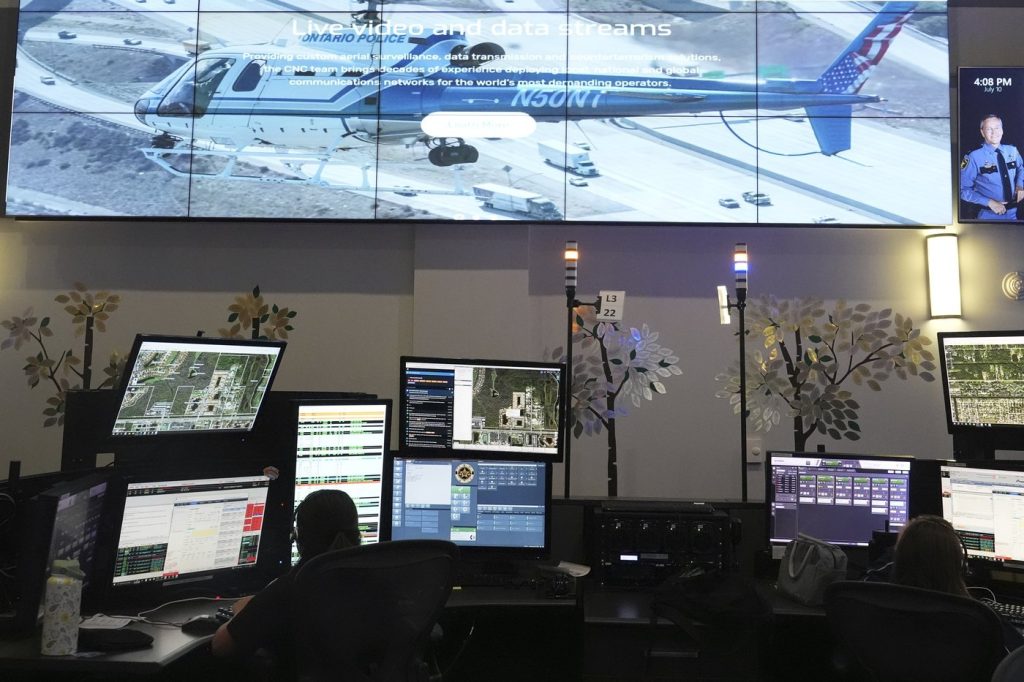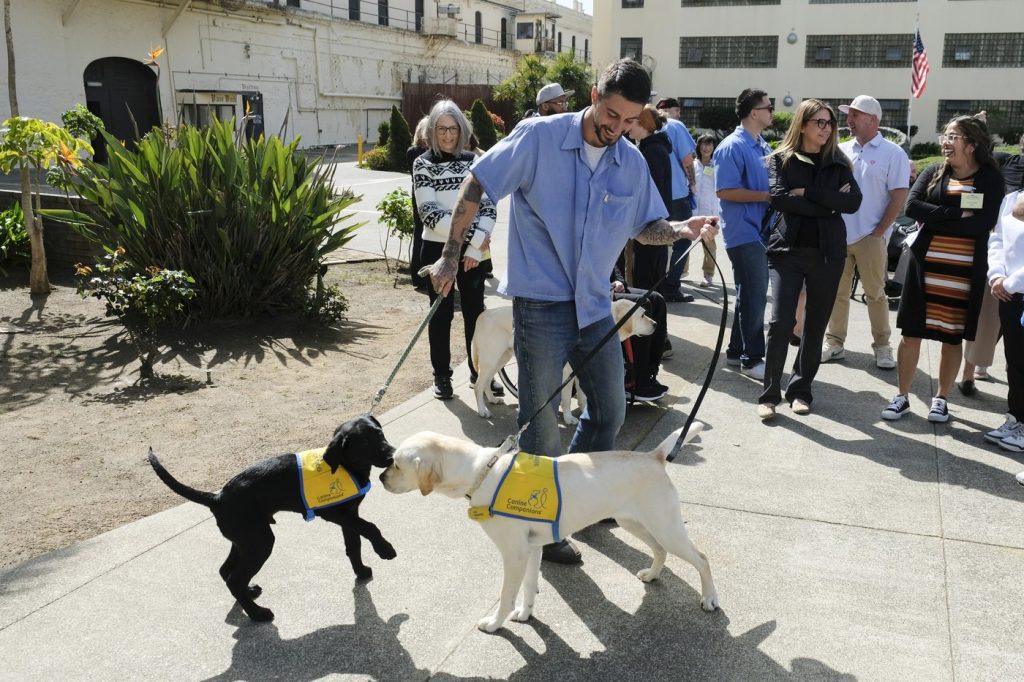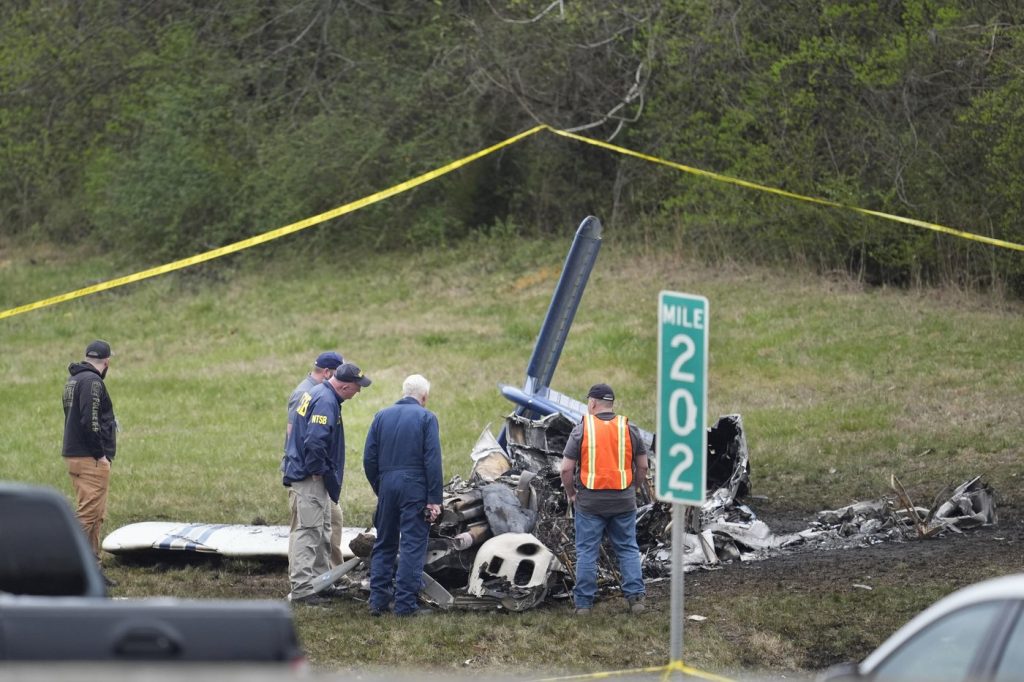NAPLES, Fla. (AP) — In Collier County, Florida, when emergencies arise, 911 calls are directed to one of the most advanced communications centers in the United States. Here, callers have the ability to send text messages and video footage to dispatchers, reflecting the shift towards a Next Generation 911 (NG911) system. This shift is a long-term mission for Sheriff Kevin Rambosk and Bob Finney, the county's director of communication, having taken place over the past decade.
Since the inception of the 911 emergency number on February 16, 1968, when Alabama's former House Speaker Rankin Fite made the nation's first 911 call in Haleyville, Alabama, the method of contacting emergency services has dramatically evolved. The original call was made on a rotary-style landline telephone, but today, the majority of 911 calls come from cellphones, with dispatchers utilizing upgraded centers equipped with geo-tracking technology to pinpoint callers' locations accurately.
However, the response time during emergencies can vary significantly based on the technology used by the approximately 6,000 emergency communications centers in the U.S. This lack of uniformity means that individual cities, counties, and states manage their own 911 call centers, resulting in a disparity in service quality. While some regions have fully transitioned to NG911 systems, others remain reliant on outdated legacy systems.
Recent severe weather events, like the flooding in Texas, serve as crucial reminders of the essential function that 911 operations provide, according to Michael Martin, CEO of RapidSOS, which supplies the infrastructure necessary for data transmission to emergency centers nationwide.
Covering about 2,030 square miles (5,258 square kilometers), the Collier County Sheriff's Office handles all 911 calls from a region that stretches from the sandy beaches of Florida's Gulf Coast to the Everglades. In recent years, this area has been struck hard by hurricanes, including Hurricane Irma in 2017 and Hurricanes Ian and Milton more recently. This history of devastating storms was a key motivator behind Sheriff Rambosk's push for a technologically advanced emergency operations center.
Rambosk emphasized that utilizing technology to reduce response times enhances the safety and survivability of those calling for help. Since taking office in 2009, his mission has focused on maintaining public safety and rescuing individuals in distress. The emergency operations centers are staffed 24/7 by a team of 61 full-time employees and three part-time employees who rely on data collected from various sources, including connected buildings, devices, and vehicles, provided by RapidSOS.
During the approach of Hurricane Helene last September, forecasters warned that it could impact Tallahassee as a major Category 3 storm. In anticipation of potential disruptions to their center, officials in Leon County reached out to Collier County for assistance in handling emergency calls. While the storm ultimately impacted areas to the east of Tallahassee, Collier County was prepared to step in if necessary. Their partnership with RapidSOS enabled them to monitor calls in Tallahassee, ensuring they could respond to emergencies if needed.
Collier County has also established a backup 911 center partnership with Charleston, South Carolina, allowing both regions to cover for the other in case of system failures. In North Carolina, similar preparations are in place following legislation passed in 2017 that secured funding for the implementation of a next-generation 911 system. The upgrades were validated during Hurricane Helene when calls from affected areas could be redirected to unaffected regions within the state.
Despite the pressing need for advanced 911 systems, funding remains a significant obstacle. Martin underscores that there has been no federal funding allocated specifically for 911 enhancements, which has stalled progress in Congress for years. The absence of federal oversight may seem surprising, but it highlights how effectively 911 services operate amid these challenges, primarily due to the dedication of the personnel working in emergency services.










